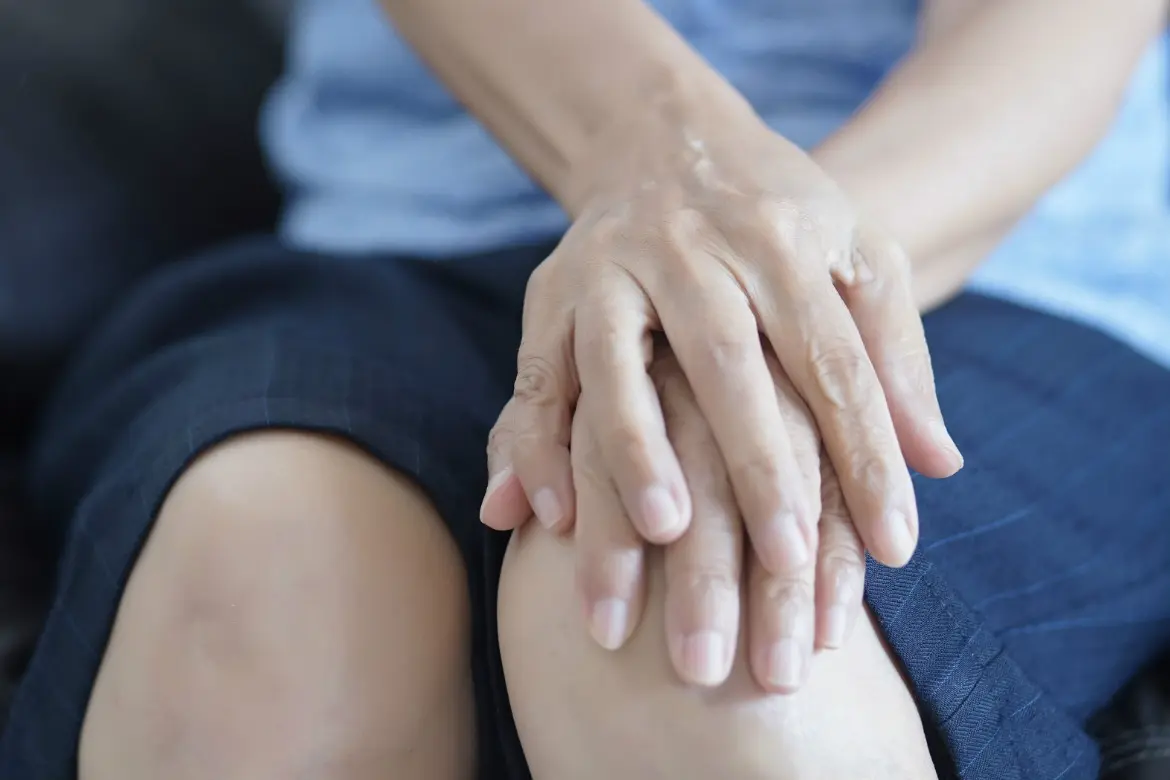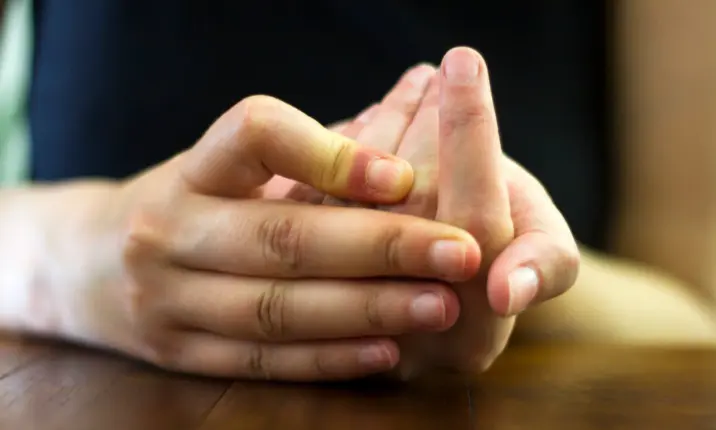Osteoarthritis is caused by the eventual breaking down of the protective cartilage on the ends of your bones over time. Its reputation as the most common of all chronic joint conditions has contributed to the multiple myths that surround this disease. Here, we bust 5 common misconceptions about this painful degenerative joint disease.
Myth #1: Glucosamine supplements cure osteoarthritis
Chondroitin and glucosamine occur naturally in healthy cartilage, and it’s no wonder that these laboratory-made compounds in the form of sulphates are commonly used as supplements to treat osteoarthritis. Although some studies have shown they can provide modest pain relief for some patients with the degenerative joint disease, it definitely doesn't cure osteoarthritis. A 2010 study of people with osteoarthritis-related chronic lower back pain published in the Journal of the American Medical Association found that glucosamine provided as much pain relief as a placebo. Furthermore, the Osteoarthritis Research Society International and the U.S. National Institute for Health and Care Excellence in 2017 issued a statement about the lack of evidence for glucosamine as a cure for joint cartilage degeneration. That said, scientists advice that patients who experience improvements – placebo or real – after consuming these supplements to continue taking them.
Myth #2: Smoking protects against osteoarthritis
Some studies have found a lower incidence of osteoarthritis in smokers than non-smokers. Those researchers attribute it to some unknown factor related to nicotine and the fact that smokers generally have a lower BMI than non-puffers. However, it must be stressed that most research proves otherwise. Two studies in 2007 and 2009 of male smokers published in the Annals of the Rheumatic Diseases and Rheumatology, respectively, revealed that those who lit up were twice as likely to lose cartilage as non-smokers. Furthermore, even if smoking could modestly guard against osteoarthritis, given its hazardous effects on health, no physician would recommend it as a form of treatment!
Myth #3: Running worsens osteoarthritis
Contrary to popular belief, medical research shows that running does not cause nor aggravate degenerative bone disease. In fact, medical experts recommend osteoarthritis sufferers to stay as active as possible as exercise – including recreational running – helps maintain a healthy weight, promotes joint flexibility and a wider range of movement, and strengthens muscles around your joints, which in turn, helps protects against arthritis rather than cause it. However, if you're suffering from acute osteoarthritis, consider starting with low impact exercises such as swimming, walking and cycling, and consult your doctor before you begin.
Myth #4: Cracking your knuckles (or popping your joints) causes osteoarthritis
As annoying as it may be to some, cracking your knuckles or occasionally hearing a popping sound from your knee – sans any pain – is harmless and does not cause arthritis. Painless joint cracking produces a sound because bubbles of nitrogen gas trapped in the synovial fluid of your joints burst as you apply light pressure. The popping sound can also be heard when tendons snap over tissues as they adjust in their gliding paths. However, if the cracking is accompanied by pain, make sure to see the doctor as it may be an indication of abnormalities in your joint, such as loose cartilage, injured ligaments, bursitis (inflammation of the bursa, or fluid-filled sac between tissue) or tendinitis (inflammation of the tendon). Still, it's best to let go of your joint cracking habits as a Harvard Medical School report showed that knuckle-popping may lead to reduced grip strength.
Myth #5: Osteoarthritis is unavoidable as you age
It's tough fighting the effects of ageing on the body. But fortunately, degenerative bone disease is not an inevitable consequence of growing old. A study published in Best Practice and Research: Clinical Rheumatology emphasised that although ageing causes alterations in the musculoskeletal system that increase the risk of suffering from osteoarthritis, other risk factors such as pre-existing injuries, obesity, genetics, and one's natural anatomical features that affect joint mechanics play greater roles in causing the degenerative joint disease. In other words, maintaining an active lifestyle and a balanced diet are your best bets to staving off osteoarthritis in your golden years.














